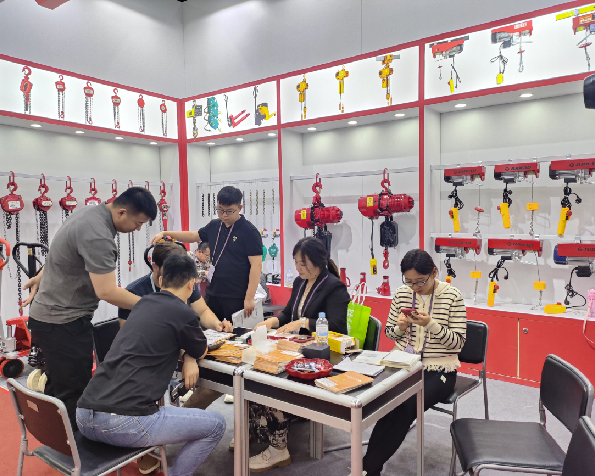


Industrial Fall Protection Ensuring Workplace Safety
In today's industrial workplaces, safety has become a paramount concern. Among the various hazards workers face, falls are one of the leading causes of injuries and fatalities. According to the Occupational Safety and Health Administration (OSHA), falls account for a substantial percentage of construction-related deaths. Therefore, implementing effective fall protection systems is not just a regulatory requirement, but a moral obligation to ensure the safety and well-being of all employees.
Understanding Fall Hazards
Fall hazards can exist in various forms, ranging from elevated platforms and ladders to slippery surfaces and unprotected edges. Workers in industries such as construction, manufacturing, and warehousing are often required to work at heights or in precarious situations that expose them to potential falls. Identifying these hazards is the first step in developing a robust fall protection plan.
Fall Protection Systems
There are several types of fall protection systems that organizations can implement to safeguard their workforce
1. Guardrails and Safety Nets One of the simplest forms of fall protection involves the installation of guardrails around edges and openings. Safety nets can also be used to catch workers in the event of a fall. These passive systems do not require active participation from workers and provide a permanent barrier against falls.
2. Personal Fall Arrest Systems (PFAS) PFAS includes harnesses, lanyards, and anchor points designed to stop a fall before the worker strikes the ground. These systems rely on proper usage and training, making it vital for employees to understand how to correctly wear and connect their equipment.

3. Controlled Access Zones (CAZs) In some scenarios, it may not be feasible to use guardrails or PFAS. Controlled Access Zones involve designating specific areas where only authorized personnel are allowed, ensuring that workers do not inadvertently enter high-risk zones without the necessary protective equipment.
4. Training and Education No fall protection system is effective without proper training. Employers must ensure that workers are educated on the types of fall hazards present, the correct use of fall protection equipment, and emergency response procedures in the event of a fall.
Regulatory Compliance
Compliance with OSHA standards is crucial for any organization operating in sectors where falls are a risk. OSHA has clear guidelines outlining when and how fall protection must be provided. Failure to comply not only endangers workers but also exposes companies to legal ramifications, including hefty fines and increased insurance premiums. Regular audits and inspections of fall protection systems and training programs help maintain compliance and enhance overall workplace safety.
Creating a Safety Culture
Beyond regulations, fostering a culture of safety within the organization is essential. This involves engaging employees in safety discussions, encouraging them to report potential hazards, and involving them in the development of safety protocols. When workers feel valued and recognized for their input, they are more likely to comply with safety standards and procedures.
Conclusion
In conclusion, industrial fall protection is a critical component of workplace safety that cannot be overlooked. By understanding fall hazards and implementing appropriate protection systems, training employees, and promoting a safety-first culture, organizations can significantly reduce the risk of falls and create a safer working environment. Ultimately, prioritizing fall protection not only ensures compliance with legal standards but also reflects a commitment to the health and safety of every employee on the job. In an industry where every second counts, a proactive approach to fall protection can make all the difference.



